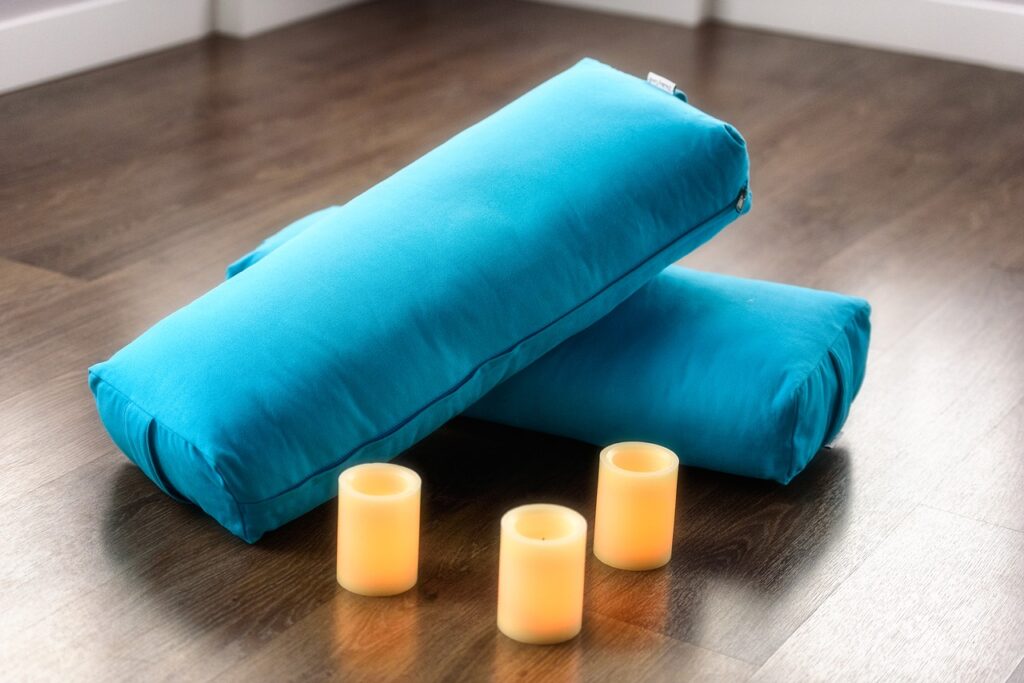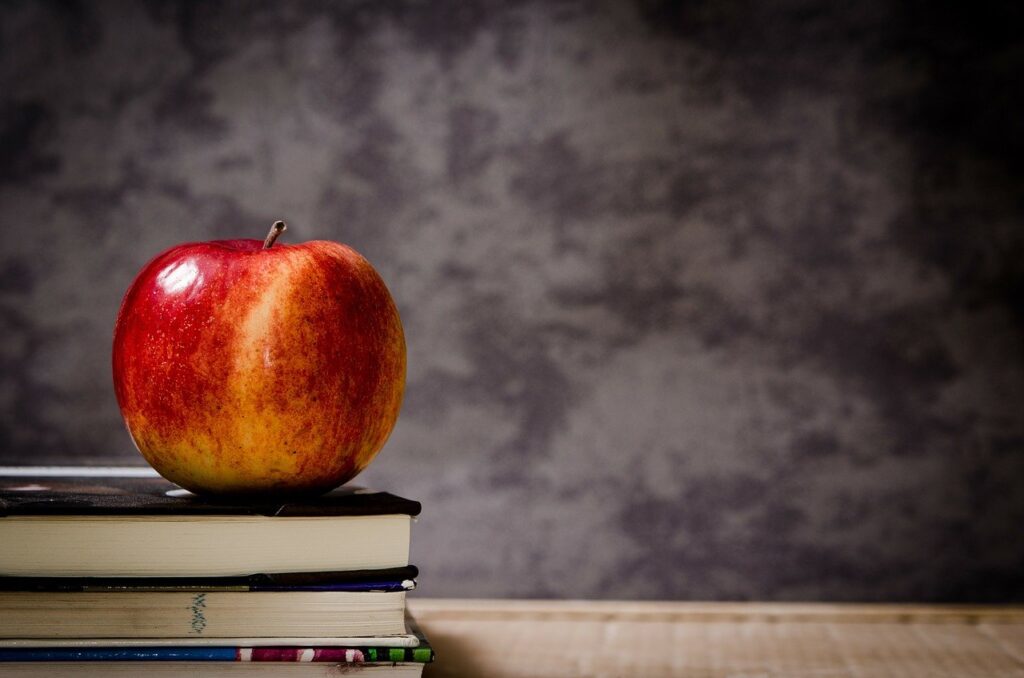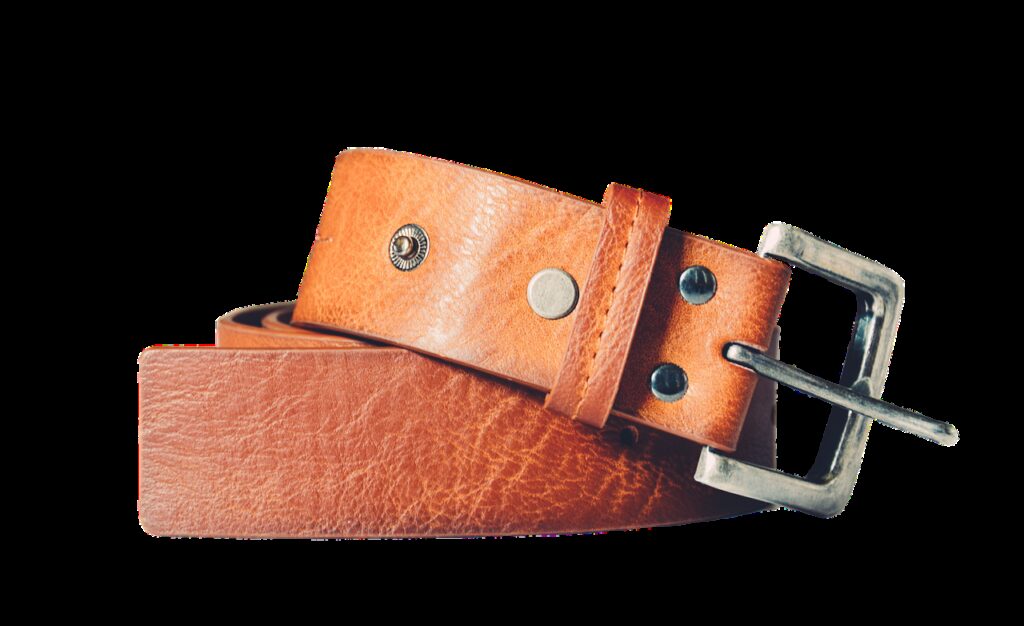One day we’re in the studio, the next we’re online – it’s hard to keep up with all the changes sometimes! However, one thing that can remain constant, keeping us grounded throughout all this disturbance, is our yoga asana practice.
You may be a seasoned practitioner or someone new to yoga. Either way, there is a lot we can gain from incorporating props into our asana practice. Traditionally, we use blankets, bolsters, and yoga bricks, blocks and straps to support us, provided by our teachers. Given the ever-changing norms and rules around sharing items in studios and the shift to online teaching we now need to be a bit more creative about what we can use, as we may no longer have access. Many of us don’t have these items or can justify buying them right now. If you do want to invest, I highly recommend purchasing some bricks and a bolster as these are the trickiest to replicate at home – and are my favourite to play with. However the suggestions listed below are a great substitute. Have a play around with some of the items and find out which suits you and your needs best.
But first… what are the benefits of props
Props help us to:
- find more steadiness and ease in our poses
- feel safe and supported
- release tension and stickiness
- switch on inactive muscles
- find a deeper stretch if that is what we need
- learn more about our bodies – our range of motion, our limitations and our possibilities
- improve our understanding of alignment
If you have ever seen a pose and thought “I can’t do that, my body is too stiff/weak/sore, etc” then props are the way to go. Even if this hasn’t crossed your mind, props allow you to experience a pose in new ways, bringing a sense of curiosity back to something you may have done many times before – what I’m trying to say is: don’t knock them till you try them.
Blankets
- can protect the knees during kneeling
- placed under the buttocks, allow us to root through our sit bones and avoid discomfort in the knees during Crossed-legged or Seated Staff poses (as can yoga blocks)
- can be placed between the buttocks and feet in Child’s pose if they don’t meet (as can yoga blocks)
- can be folded into three lengthways and placed under the shoulders in Shavasana to open the chest
- can support the head in supine poses (as can yoga blocks)
Try using:
- beach or bath towel
- throw or bed sheet
Bolsters

- help to create a solid foundation for meditation
- make thunderbolt pose (Varjasana) more accessible if ankles, hip flexors or leg muscles tight
- can be placed underneath the sacrum for a supported Bridge or Legs Up (the Wall) pose
- placed lengthwise in the centre of the mat, students can shimmy their butts to the base of the bolster and lean back, lying on the bolster for a supported back bend
- alternatively, students can lie sideways over the bolster for a side-body stretch
- widthwise, and placed under the shoulders, they can support students in fish pose (Matsyasana)
- or, under the knees, can support the lower back in Shavasana
Try using:
- a rolled up thick towel or blanket, secured with duct tape
- a rolled up pillow that is then wrapped up like a burrito using a towel or sheet, again with the option of securing with some tape
- you could even make one if you are a wiz at the sewing machine. You’ll need buckwheat, rice, dried lentils, chickpeas, or a combination of these, and a pillow case or some fabric. There are videos on YouTube.
Yoga bricks
- wake up the leg muscles and outwardly rotate the hips when hugged between the thighs. Can use during forward folds, Bridge or any supine pose with bent knees, Intense ‘chair’ pose (Utkatasana)… you catch my drift
- wake up the arm muscles and secure humerus bone in the shoulder joint during arm raises when held between palms
- an alternative to the bolster in Bridge pose, you can adjust the height for a deeper backbend
- can use a pair of bricks to support Matsyasana
- placed underneath the feet in Utkatasana, helps with tight ankles and plantar fasciitis
- prevents the side body from bunching when placed underneath the hand in (Revolved) Triangle (Parivrtta) Trikonasana
- stabilise the shoulders, keeping a lift through the underside of your arms, in Downdog, freeing the spine to lengthen from tailbone to crown
- useful for tight shoulders, placed under hands in Downward Facing Hero (Adho Mukha Virasana)’s pose
- can train the body to come into Chaturanga safely
- placed under the head in forward folds

(Can you tell I like yoga blocks! I could go on)
Try using:
- thick hardback A5 books (think Harry Potter and the Order of the Pheonix)
- several thinner hardback books (be careful though, as the more you use the more risk there is of them slipping)
- Tupperware with lids
- a small exercise ball
- a hard a5 size trinket box
- tin cans (these work best under hands in forward folds and standing twists, although you’ll want to cover them with something soft)
Yoga straps
- allow space to come in the chest and the shoulders, when taken in the hands and used like a football scarf overhead
- allow length to come through the spine and wake up the legs in Seated Forward Fold pose (Paschimottanasana), (Half) Boat pose ((Ardha) Navasana) and the Head-to-Knee (Janu Sirsasana) series
- facilitate (Revolved or Seated) Extended Hand-to-Big-Toe pose ((Parivrtta or Supta) Utthita Hasta Padangusthasana)
- useful when shoulders are tight, which becomes apparent in poses like Cow-face (Gomukhasana)
- create more leverage in any poses where you are reaching back for the legs (and therefore opening up the shoulders, like Dancer (Natarajasana) or Bow pose (Dhanurasana)

Try using:
- A belt
- A belt from a dressing gown
- A scarf or tie
- A resistance band
These are just some of the wonderful ways your practice will benefit from props. Yoga asana is a lifelong practice – keep it fresh by incorporating some props into your routine and see if you can add some new ideas to this list. Comment below if you have any favourite ways to use props, or suggestions for other alternatives.

